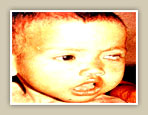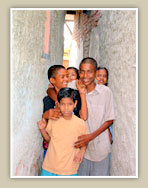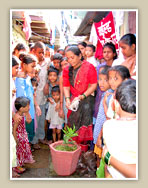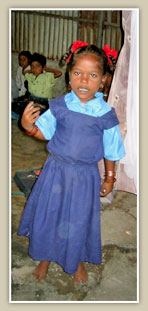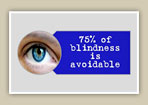The need for a comprehensive eye care model in which eye care was an important and integrated component of primary health care was understood from the failures of various vertical programs functional in those days. Our approach for implementation was to develop the program with community participation along with an inter sectoral coordination between health, nutrition, education, socio-economic development and environmental sanitation so as to bring about effective utilization of existing health and health related infrastructure, leading to the development of a permanent referral system and a sustainable, self reliant program. |




